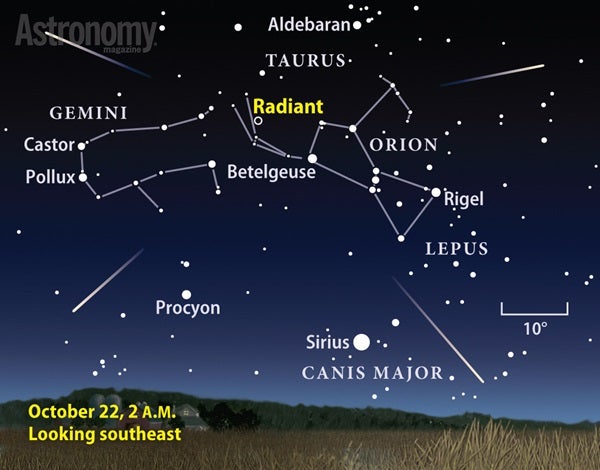Extraterrestrial Sugar
Scientists have discovered derivatives of life’s building blocks in carbon-rich meteorite samples, a first. They also showed how biological compounds can form in interstellar space. These new findings support the theory that life on Earth originated with help from cosmic impacts.
Sugars and sugar derivatives are essential to life on Earth. But they, along with amino acids and other organic molecules, can be found in space as well, on asteroids and comets. Scientists have suggested that objects in space may have fallen to Earth and delivered the compounds that would spark biological processes on our planet.
Sugar and Ice
In this new study, scientists analyzed five residues from ice mixtures exposed to ultraviolet radiation in conditions simulating the interstellar medium in space. The goal was to see whether organic molecules found in life on Earth would form in a simulated space environment. In these residues, they found 2-deoxyribose, or the sugar component that makes up the “D” in DNA. They also found derivatives of 2-deoxyribose, similar compounds that have one atom or a group of atoms that are different.
“Astrochemistry ice photolysis experiments, such as those described in our paper, provide a convincing explanation on how those compounds may form in such astrophysical environments,” lead researcher Michel Nuevo of NASA Ames Research Center said about these experiments in an email.
There are many theories surrounding the origins of life on Earth. Scientists think that biological compounds like 2-deoxyribose may have played a role in the formation of Earth’s first organisms. Some have even suggested that these biological compounds formed in the abiotic environment of space, aboard objects like comets, asteroids, meteoroids, and interplanetary dust particles. Previous studies have shown how biological compounds might form in space, and they could have fallen to Earth early on in its history when bombardment by asteroids and comets was more common.
In short, this study demonstrated that biological compounds like 2-deoxyribose can form in a non-biological environment.
“Our paper, together with several other papers describing similar astrochemistry experiments published in the last 25 years or so, show that a very wide variety of compounds of biological interest can be formed under abiotic (i.e., non-biological) conditions in astrophysical environments,” lead researcher Michel Nuevo of NASA Ames Research Center in an email.
Still Searching for DNA
In addition to this analysis, the researchers were able to identify some of these deoxy sugar derivatives in carbonaceous, or carbon-rich, meteorite samples for the first time ever. This proved that these biological compounds can be produced in a space environment. However, while the team found 2-deoxyribose in the laboratory experiments, they were unable to find the DNA component in the meteorite samples analyzed.
According to Nuevo, while this work doesn’t solve the mystery of how life on Earth originated, it shows how it is quite likely that meteorites have deposited biological compounds on Earth throughout history.
“Since asteroids and comets routinely crash onto the surface of planets, including the Earth, in the form of meteorites, it is obvious that large amounts of organic compounds, including compounds of biological interest, are routinely dumped on our continents and in our oceans, the same way they are probably dumped onto other planets of the solar system,” he said. “This does not explain how life originated on our planet more than 4 billion years ago, as nobody knows how those organic compounds could combine into the even more complex structures required for life to get started. But it shows that sugar derivatives and other compounds of biological interest are present and are probably dumped onto planets everywhere in the galaxy.”
This work is published in the journal Nature Communications.
This article originally appeared on discovermagazine.com.










